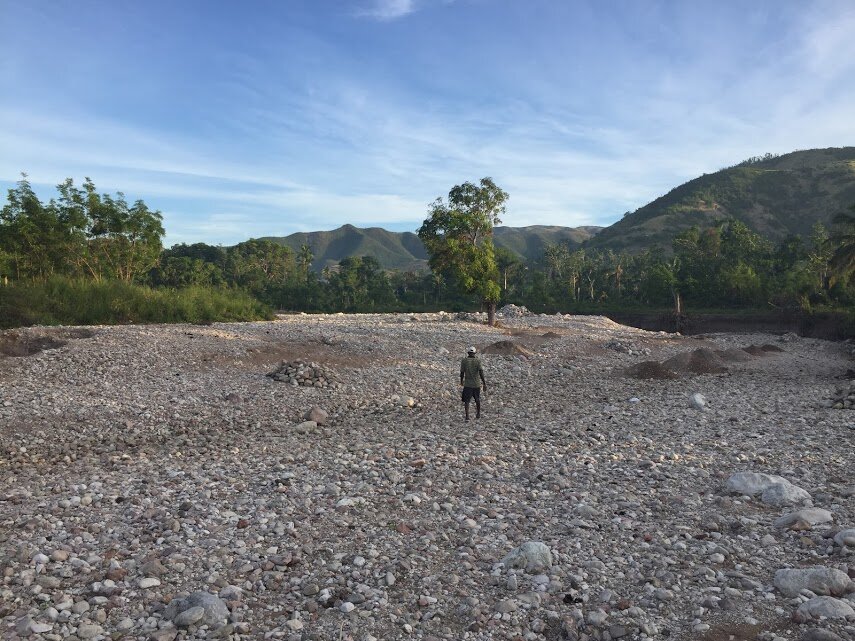The tragedy of the commons is a widely shared story, written by William Forster Lloyd in 1833 and popularized in 1968 by Garrett Hardin. While originally written as a commentary on population growth, it has been adopted by environmentalists due to its illustration of the pitfalls of shared land and resources.
A condensed version of the story is as follows: There is a town where a pasture, also called the commons, is used by the town’s herdsmen who bring their cattle to graze but is owned by nobody. Ideally, the land would be maintained by those who use it so that resources are not depleted, and herdsmen would not take more than needed. In reality, the commons often is overused and unmaintained because of selfishness and neglected responsibility. The tragedy ends with the land becoming unusable, leaving the townspeople with nowhere to graze their cattle.
This scenario is exaggerated and not always true, but often is in communities where private land is the norm. In Haiti, specifically the communities we work with, there is no such thing as shared land. All the land is owned, even if it is unclaimed and unknown who that owner is. Land goes unclaimed because of the combination of confusing family trees and the lack of physical proof of land ownership like a land deed. This leaves unused, unclaimed land that belongs to a descendent of the last person who owned it.
This is why we work with individuals in the communities rather than making a community forest, as many other organizations do. Our method involves giving plants to as many families in the community who want them. These families know that these trees belong to them, they maintain on their land and the fruit they produce belongs to them. Having these trees belong to individuals resolves the tragedy of a common forest becoming overused and unmaintained. Individual ownership means that you reap the benefits of your work and avoids selfishness from ruining it for everybody.
The culture of land ownership in these communities makes shared land and shared responsibility far less effective. While we could try to force this idea of a community forest on these communities but the time and planning that would take are not practical. Community forests are an entirely different culture of land management that is not common there, and we know the impact of working with individuals creates more sapling survival and mature trees.
-Written by Bailey Kratschman



